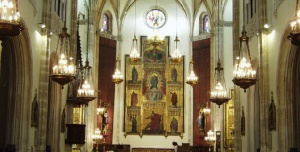Madrid
Book your accommodation in Madrid
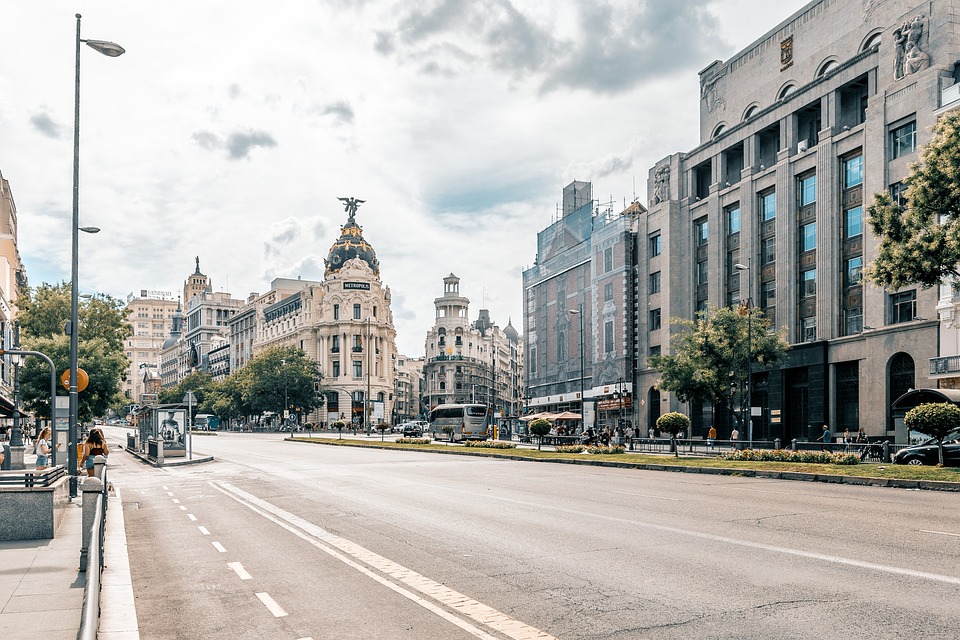
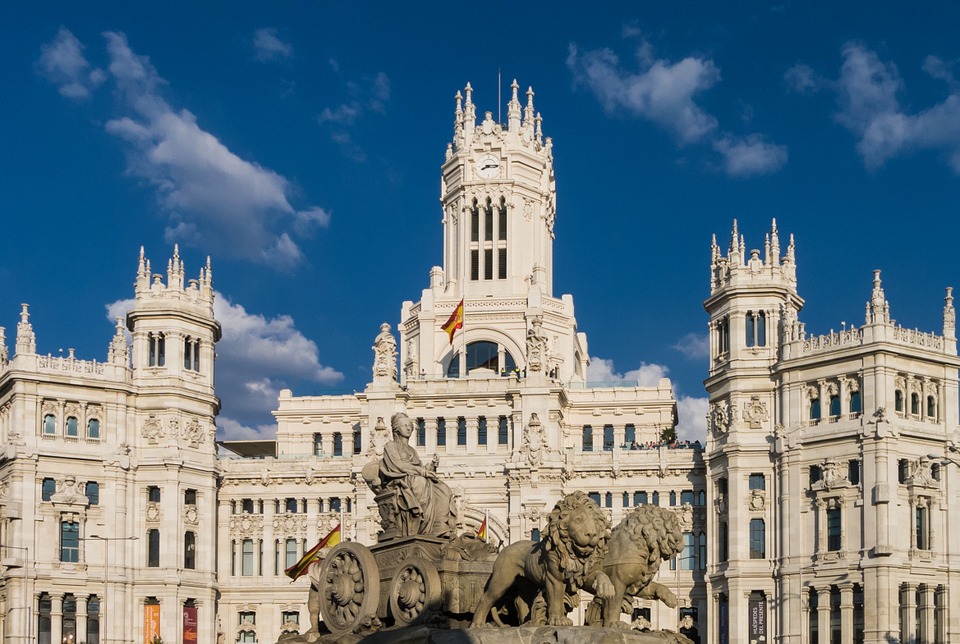
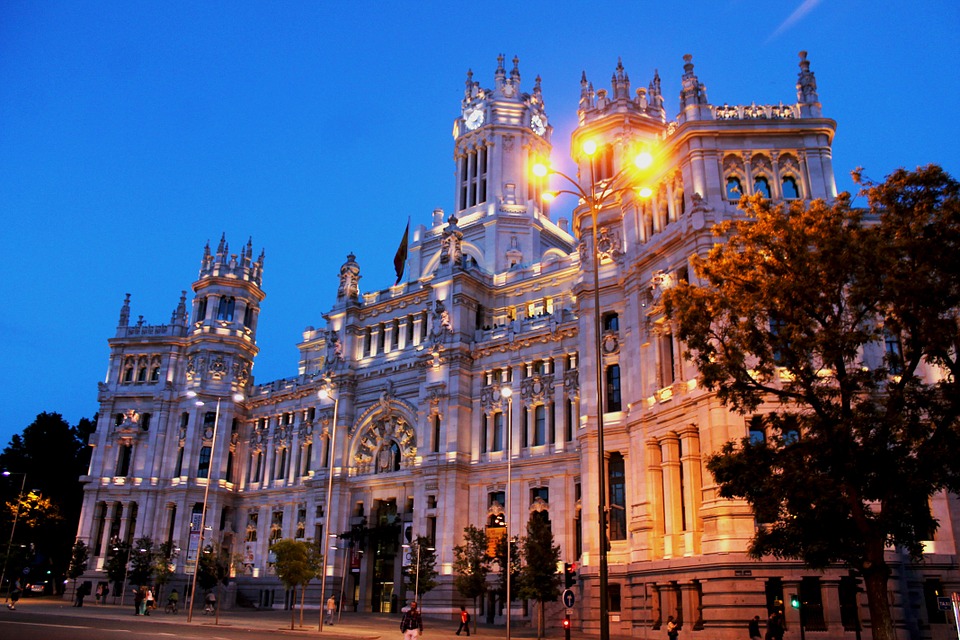
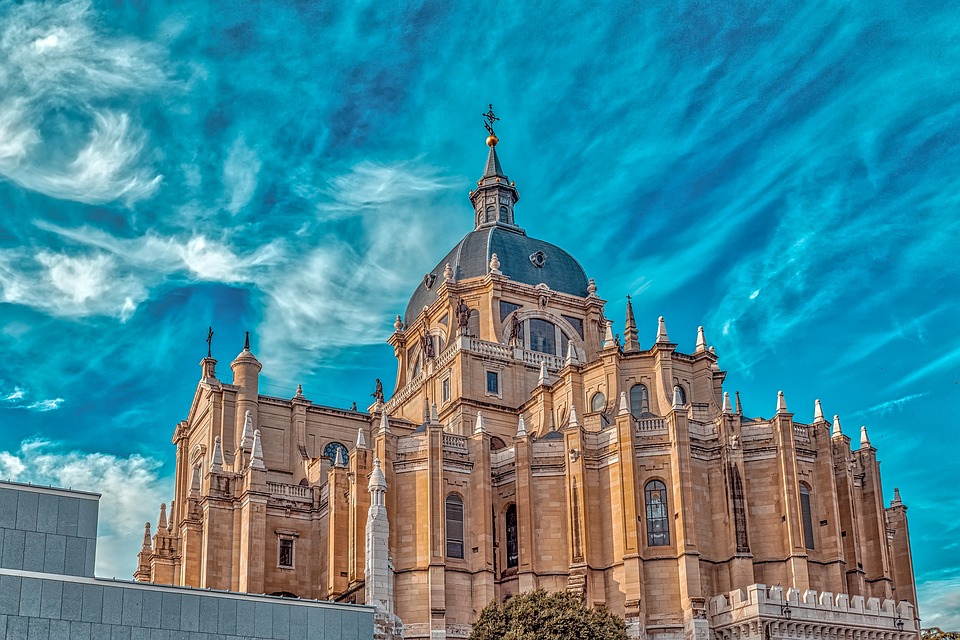
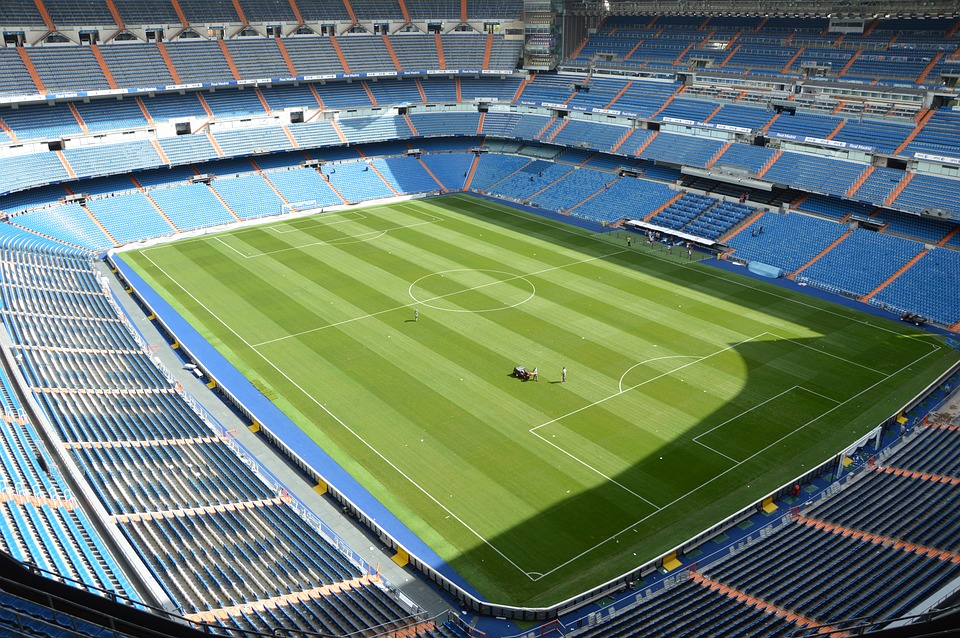
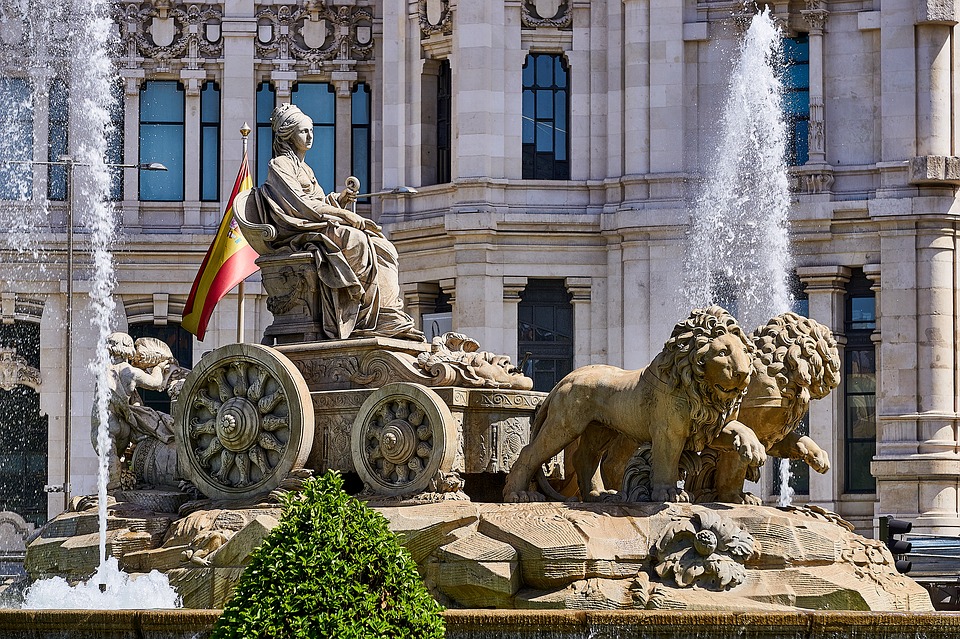
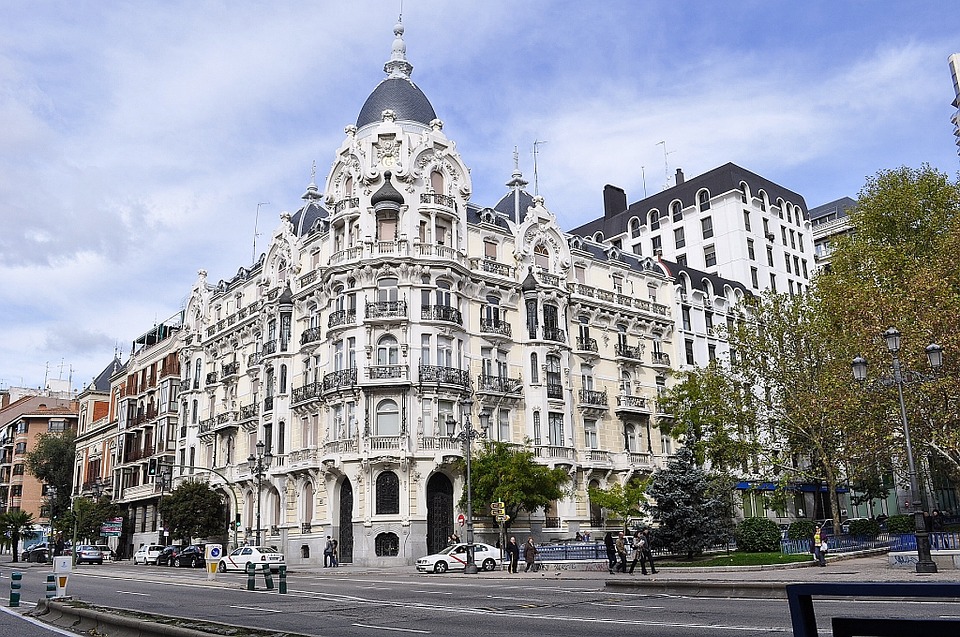
Magerit, ‘land rich in water’. This is how the Arabs called this area on the central plain of the Iberian Peninsula, close to Sierra de Guadarrama, where King Phillip II of Spain later established the royal court. Later on, it grew into the big city that’s come down to us.
The first historical record of Madrid dates back to the year 865, when Emir Muhammad I commissioned the construction of a fortress in the village of Mayrit, on the banks of the river Manzanares. ‘Mayrit’ means ‘plenty of waterways’, which is why the city’s first recorded coat of arms read, ‘I was built on water / My walls are made of fire / This is my flag and my coat of arms’. Madrid belonged to the Islamic world until 1083, when Alfonso VI of Castile took over the city.
Few vestiges have remained from this era. On Calle Mayor, next to the Institute of Italian Culture, there used to stand the Grand Mosque and, most probably, as in every Muslim city, the souk. On the site of the former mosque rose the Church of Santa María, of which some remains can still be seen. Close by, on Cuesta de la Vega, there’re parts of the old town walls that enclosed the medina or citadel. It was inside these walls that the Christians found a statuette of Virgin Mary with a candle that had been burning for over four hundred years at the time they seized the area. Almudena, derived from the Arabic al-mudayna that translates as ‘the little city’ or ‘citadel’, has been, since then, the name mostly used by Madrileños to refer to the Virgin.
In the Medieval district of Madrid you can go to the National Archaeological Museum, with a really interesting collection of decorative objects from the Visigoth Kingdom of Toledo to the Late Middle Ages. The rooms dedicated to Medieval and Renaissance art in the Lázaro Galdiano Museum and the Prado Museum are well worth a visit too.
USEFUL ADDRESSES
Muralla Árabe. Cuesta de la Vega
Iglesia de San Lorenzo. Doctor Piga, 2-4
Church of San Nicolás de Bari de los Servitas. Plaza de San Nicolás, 1
San Pedro el Viejo Church. Nuncio, 14
Lujanes’s Palace. Plaza de la Villa, 3
Iglesia Parroquial de San Jerónimo el Real. Moreto, 4
School of Architecture at UPM university. Avenida Juan de Herrera, 4
Capilla del Obispo en la Iglesia de San Andrés. Plaza de la Paja, 9
Source by: Madrid Tourism
Prado Museum – One of the world’s leading art galleries boasting works by Velázquez, Goya, El Greco, Titian, Rubens and Hieronymus Bosch, among others. Book a tour.
El Retiro Park – Step away from the hustle and bustle of the city and spend a few hours relaxing in one of Madrileños’ favourite spots. More…
Royal Palace – The largest royal palace in Western Europe is a must-visit for all. Book a Tour
Plaza Mayor – This arcaded square located in the historical centre of the city is the heart of Hapsburg Madrid. More…
